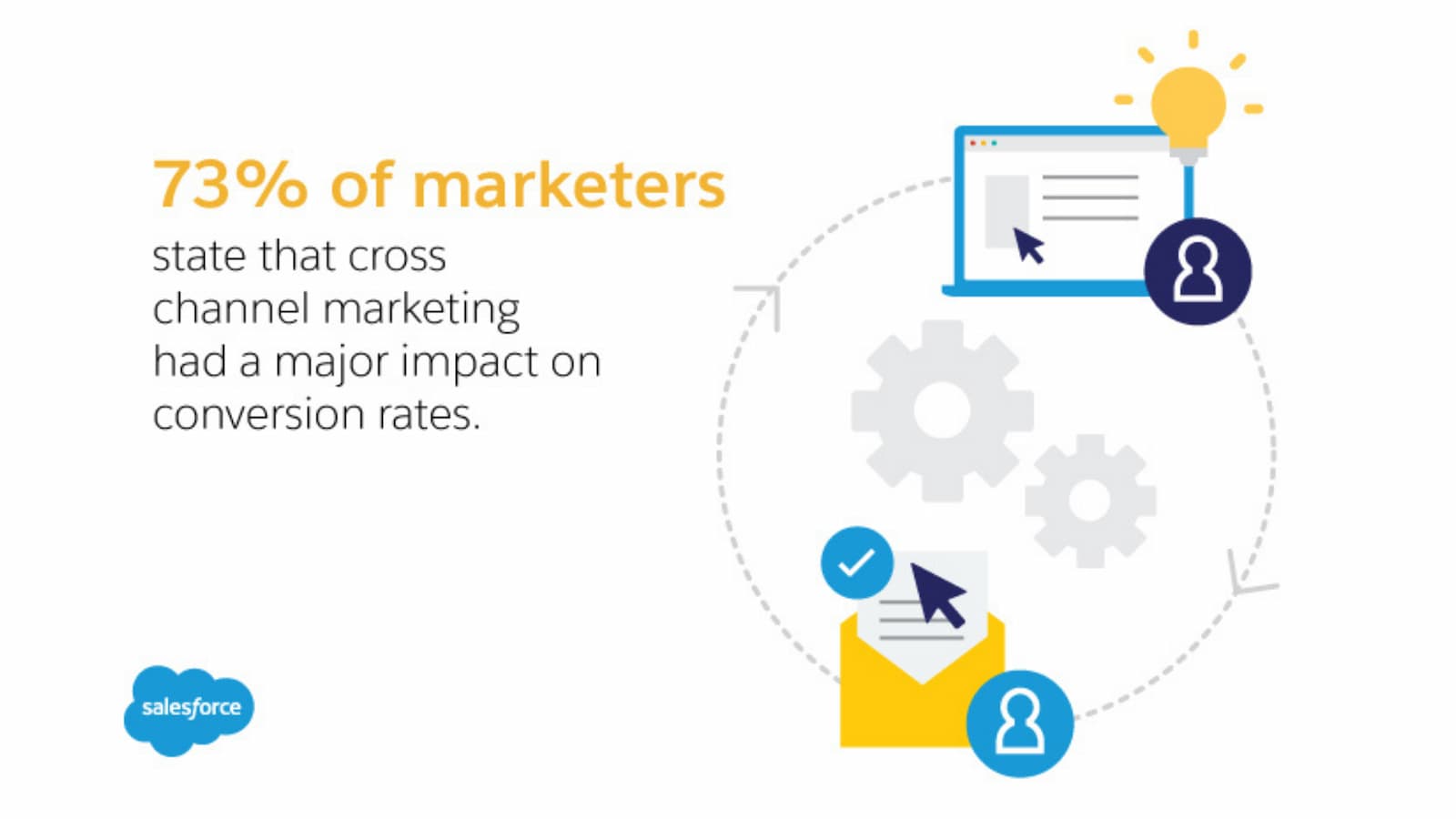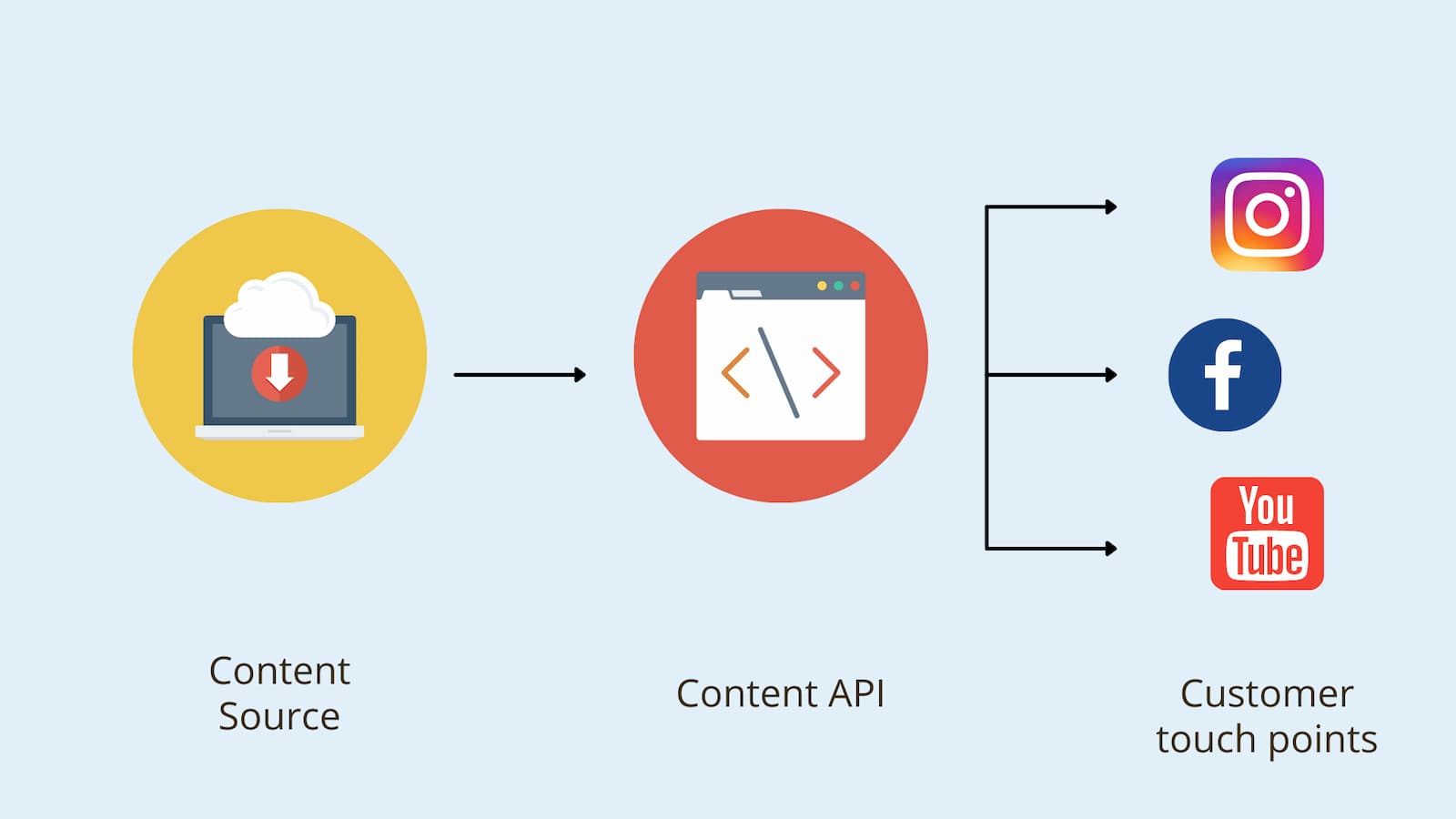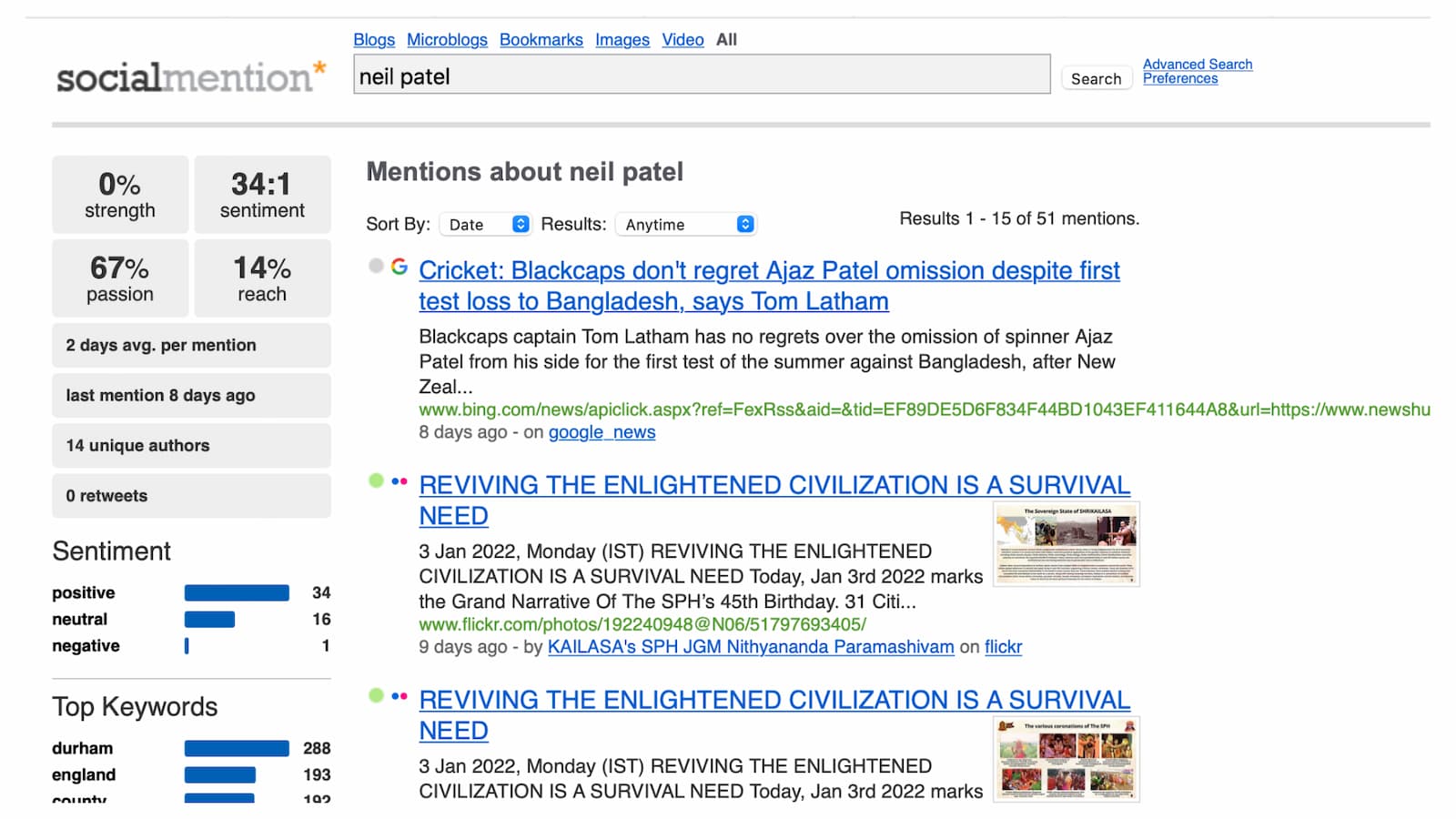Do you know what attracts marketers to social media platforms? There are two things: user base and data.
With a broad audience, social media platforms such as Facebook, TikTok and Instagram are quickly becoming The marketing platform of choice by the brand.
why? Because marketers love detailed insights and data.
Data allows marketers to understand customer behavior in great detail, from where they shop 📍 to ordering their favorite coffee ☕️.
So what do marketers do with all this data?
In most cases, data is used to improve products or market the products that are suitable for people who are most likely to buy them.
Are you a marketer looking for ways to improve your social media content? Or are you a developer interested in adding analytics to your website?
In this post, we will look at some of the ways you can use data driven and marketing APIs to enhance your content.
But first: What is an API?
API, or application programming interface, an interface between different apps, typically used to transmit information over the Internet, linking two systems. Developers can use a variety of APIs to add new tools and features to their website.
Many social media brands and marketers today use APIs to manage, schedule, and analyze social content. The social media API and marketing API allow users to publish content from a single dashboard instead of manually posting to each network.
The role of APIs in content marketing
A key benefit of APIs is that businesses can do more with their content. Empowering brands to share the right content at the right time and on the right platform.
There are three main ways APIs can help you distribute content:
- Get content from a variety of sources.
- Publish content to a variety of platforms.
- Help people find your content more easily.
Now that you understand what the API does, let’s take a look at some of the ways it can help you improve your content.
How to Improve Your Content with Social Media APIs: 3 Tips from Marketing Pros
Tip #1: Take a cross-channel marketing approach to reach more people.

According to sales: “73% of marketers say cross-channel strategies have a big impact on conversions.”
The main reason brands use an omnichannel strategy is to make their content visible to their target audience.
Let’s say you only share content on Facebook, because you think Facebook is where your audience is. Well, you might be surprised that Facebook only shows content to less than 10% of its followers. And if your followers choose to spend time on Twitter or Instagram, they won’t see your posts.
Take Nike’s omnichannel content strategy as an example.
With a wide range of products such as footwear, apparel, equipment and a large target audience, Nike needs to share content for each product category and reach millions of people through multiple social networks.
However, each post should also accommodate different buyer personas: teens, gym enthusiasts, and athletes.
Well, as you can imagine, that’s a lot of content to manage!
Social media APIs can help brands like Nike manage content distribution across multiple channels from a single, easy-to-use dashboard. You can also schedule posts directly from the system via API integration.

Example content API:
Ayrshare’s API endpoints provide developers with a core infrastructure for social media publishing, management, and analytics across multiple networks. With just a few lines of simple code, anyone can quickly post to social media platforms.
Tip #2: Use analytics to understand your audience and optimize your ad campaigns with the Marketing API.

Knowing your customers is very important for content marketers.
“The companies that will win are those that use data, not guesswork.”
– Neil Hoyne, Google Chief Strategist said: Wharton Symposium.
With social media analytics, it’s now easy to know your customers’ habits, likes posts, how long they’ve been online, and more.
Most analytics tools use APIs to help marketers analyze content and export reports. This API extracts information from social media networks and summarizes them in easy-to-read charts.
Instead of looking through multiple CSV files or manually calculating social media metrics, the marketing API can summarize them.
With this data, the options are endless.
Most commonly, brands use data from analytics tools to plan future advertising campaigns.
Example ad campaign API:
Facebook Conversion API – Helps advertisers gather detailed insights into how their ads attract customers while protecting people’s identities. Developers can use this Facebook API to help users optimize ad targeting, reduce costs, and track campaign results.
Tip #3: Monitor Social Media Mentions with the Social Media Listening API
Market sentiment is a unique insight that helps marketers know what their customers think of their brand.
SEO and Marketing Specialist Neil Patel We use data to track brand mentions. Across blogs and social media posts using an API called Social Mentions.

If you’re a marketer, it’s very important to use social media listening tools to track brand mentions, hashtags and reviews with the social media listening API. When people leave negative reviews about your product, you’ll want to know and respond right away.
Examples of social listening APIs:
Social mentions API A free API that allows developers to add important social listening information to their website/app.
Conclusion: Data analysis is the key to content improvement
Data is a marketer’s most valuable asset.
Without detailed data analysis, most marketers and businesses will not be able to engage their social media audience and learn about their interests, hobbies and shopping habits.
Luckily, most social media networks come with useful APIs that allow developers to build better apps that can manage, schedule, and analyze content like never before.
With the help of data-driven APIs, you can: Extend your content strategy to new heights.
Question: Are you ready?